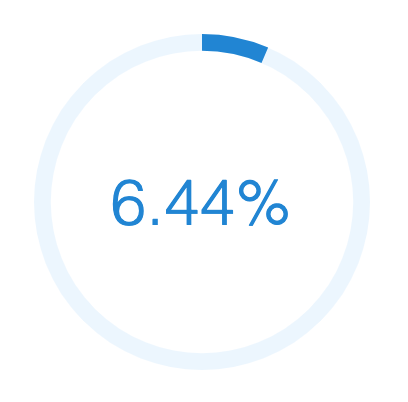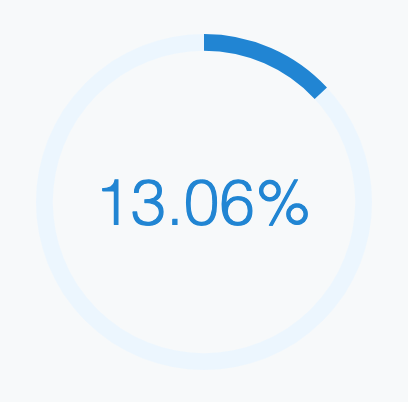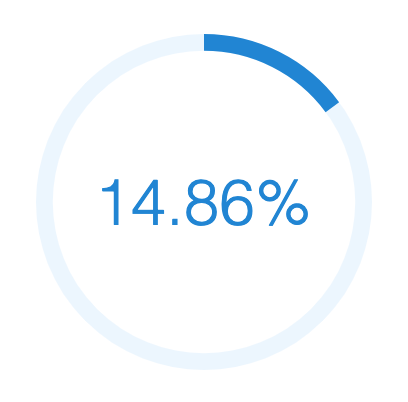On April 26, 2021 Apple released iOS 14.5, officially ushering in the era of App Tracking Transparency (ATT), which requires developers to request user permission before tracking them across iOS apps.
While this, along with Apple’s App Privacy Details framework, represents a noble step towards securing consumer privacy, industry leaders have not hesitated to sound the alarm. Indeed, Facebook has been fuming about the change, which they say threatens their $86 billion targeted ads business.
Nevertheless, much of the dismay appears to stem from ordinary social media hysteria. So, now that the release of iOS 14.5 is firmly in the rearview mirror, we thought we’d take a look at the state of ATT as it stands today.
Want to learn more about our data? Set up a meeting with one of our experts!
App Tracking Transparency and iOS 14.5 Adoption
To begin, let’s take a look at how apps have adapted to Apple’s new privacy initiatives:
- Adoption of iOS 14.5 has been low and slow. As such, ATT and its associated technical limitations currently only apply to a small fraction of iOS users — 20.6% as of June 1st. (Branch)
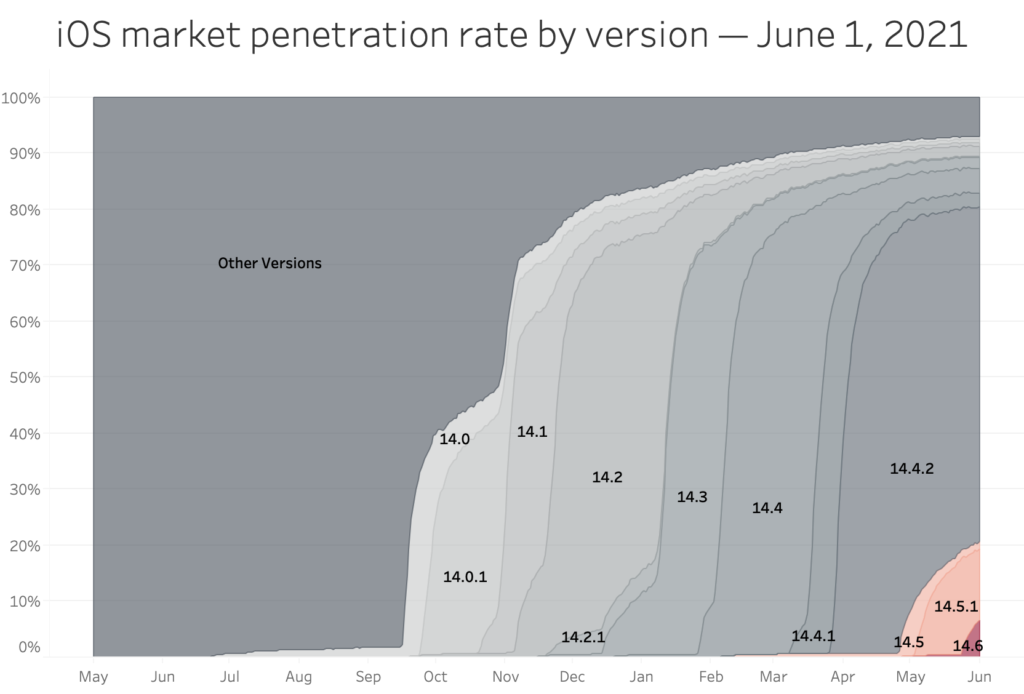
(Source: Branch) - Moreover, as of June 8th, 2021, 639,212 iOS apps have declared that they track user information. This represents just 34.63% of all apps available on the App Store. (42matters)
- Conversely, 1,208,210 iOS apps, or 65.37%, have not yet declared what information they track. (42matters)

(Source: 42matters) - Broadly speaking, iOS apps collect three types of data: Data Used to Track Users, Data Linked to Users, and Data Not Linked to Users. Here’s how many apps currently disclose collecting each type:
So, what’s holding up iOS 14.5 and ATT adoption? Alex Bauer over at Branch.io makes an interesting observation. He notes that there are two phases to any iOS version release — early adoption and proactive updates. In the early adoption phase, Apple makes the update available to savvy users, eager to stay up to date with the latest and greatest. During the proactive update phase, Apple will actively promote the update and encourage users to make the jump.
Now, according to Bauer, Apple generally doesn’t move past the early adoption stage until they’re sure the new release has no issues. And, by the looks of the data, ATT has taken a while to get off the tarmac. Here’s a chart from Branch:![]()
(Source: Branch)
As you can see, Apple’s 14.5.X releases have racked up quite a few false starts.
What Impact Will This Have on Attribution?
Despite the slow adoption of iOS 14.5 and ATT, marketers are already beginning to feel the effects. To get an idea of the true impact of ATT, says Bauer, we need to compare the rate of installs attributed to ads on iOS 14.5+ with the baseline from previous iOS versions. The numbers are unsurprising:
- 14 out of every 15 ad-driven installs can no longer be attributed. (Branch)
- This means current attributions are a paltry 6.5% of the pre-ATT baseline. (Branch)
However, there are two even less surprising exceptions:
- Apple’s own attribution API, Apple Search Ads, has a successful attribution rate 124.49% better than the pre-ATT baseline. (Branch)
- Mobile measurement partners (MMP) are violating ATT policy by fingerprinting opted-out users. However, this will likely be alleviated once Apple starts enforcing the policy component of ATT.
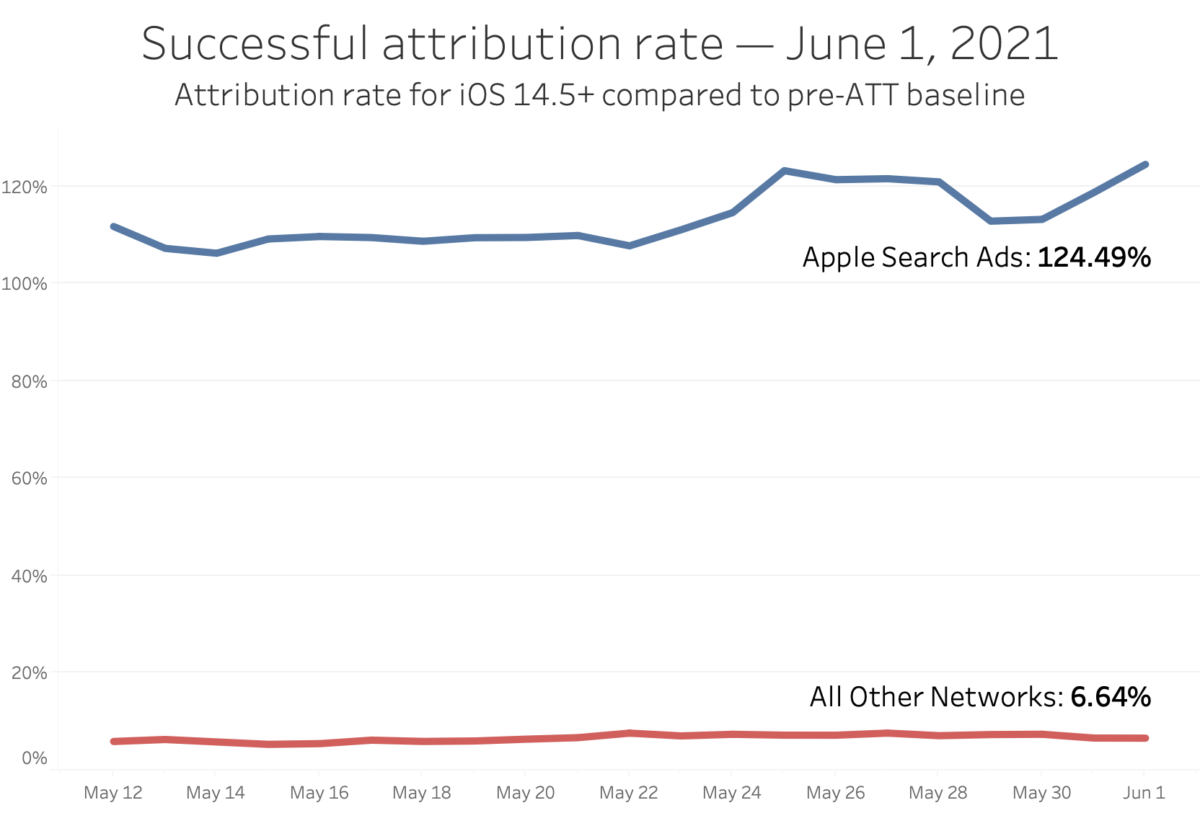
(Source: Branch)
Final Thoughts
For the uninitiated, wading through the morass of mobile advertising and data tracking is tedious work. And, truth be told, it’s not all that pleasant for the initiated either. As the technology continues to evolve and as companies like Apple and Google continue to tinker with their policies, best practices for digital marketing will remain elusive. Needless to say, this presents a challenge to marketers, who must have a clear understanding of the prevailing rules in order to optimize performance.
What’s more, while the Internet is ripe with stats, predictions, estimates, and formulas, they’re almost never offered in a wholly disinterested manner. Indeed, often, they’re twisted by click-baity headlines and social media to gin up a conversation.
That’s not to say these insights lack value, however — quite the contrary. Merely, it means that marketers must seek context. They must be able to peer through the fog of debate and identify actionable data. While Apple’s ATT and App Privacy Details initiatives may complicate the status quo, a good marketer will learn how to adapt.
More App Insights from 42matters
At 42matters, we provide app data, insights, and analytics via a host of useful APIs, file dumps, the 42matters SDK Explorer, and the 42matters Explorer. This includes:
- Developer details
- Downloads
- Ratings, reviews, and top chart rankings
- Categories, genres, and IAB categories
- Technical insights, including SDKs, permissions, and app-ads.txt
- And more
The 42matters Explorer is an app market research tool that offers a comprehensive look at app trends and statistics. This includes data on both iOS and Android apps. Moreover, our APIs facilitate programmatic access to app intelligence data from both Google Play and the Apple App Store, as well as the Amazon Appstore, Tencent MyApp, Apple TV App Store, Fire TV, and the Roku Channel Store.
To learn more about 42matters, schedule a meeting with one of our app market experts. We’ll walk you through everything.

